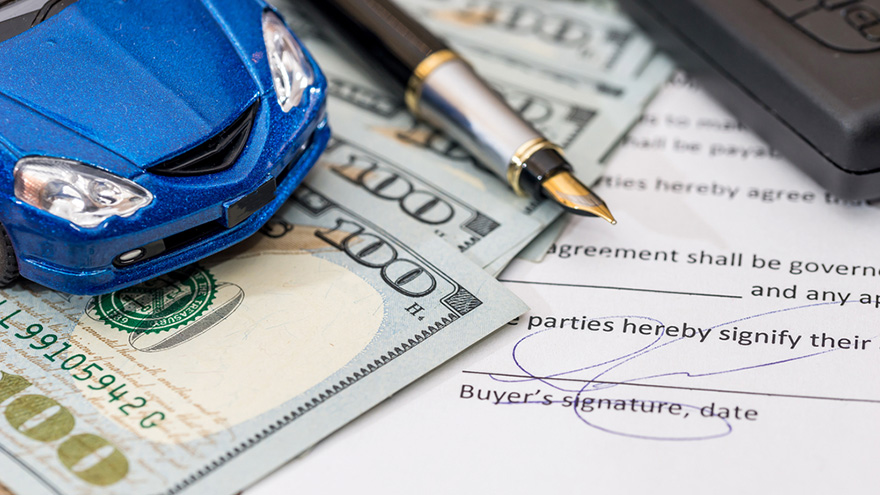Edmunds: Recent rate hikes are impacting financing, especially for new models

When reacting to this week’s trade announcement coming from the White House, one of Edmunds experts cautioned that, “Given that new-vehicle prices are already stretched to record highs, things could take an ugly turn for consumer wallets, especially considering the trend of continuously rising interest rates.”
Well, that ugliness Edmunds referenced might have arrived just a day later.
Edmunds reported that high interest rates continued to put pressure on new-vehicle sales in September. The annual percentage rate (APR) on new financed vehicles averaged 5.8 percent in September, compared to an average APR of 4.8 percent in September of last year and 4.1 percent five years ago.
Edmunds also noted that interest rates have stayed above 5 percent for eight months in a row, mirroring APRs that the industry witnessed prior to the recession.
Analysts noticed an increase in the average down payment for new vehicles, a steep drop in zero percent finance contracts and a contraction of terms as signs of tightening credit conditions for shoppers. In September:
● The average down payment for a new vehicle soared to $4,198, compared to $3,817 in September 2017 and $3,555 five years ago.
● The availability of zero percent finance loans dropped to 5.6 percent compared to 10.1 percent in September 2017, hitting the lowest September level since 2005.
● Average loan terms contracted to their lowest levels all year, dropping to 68.7 months in September, compared to 69.4 months in September 2017 and 65.5 months five years ago.
“The trickle-down effect of elevated interest rates really started hitting car shoppers in September,” said Jeremy Acevedo, Edmunds’ manager of industry analysis.
“While new-vehicle prices continue to rise, favorable credit offerings are growing increasingly more difficult to come by,” Acevedo continued. “Buying conditions are far less amenable for consumers than they were before, which might come as a shock for shoppers coming back to the market for the first time in a few years.”
Edmunds experts reiterated that that the Fed rate hike that went into effect toward the end of September is a harbinger of worsening market conditions heading into the fourth quarter.
“The higher Fed effective rate means we can expect to see interest rates continue to inch up as we head into the rest of the year,” Acevedo said. “While strong economic factors like low unemployment rates and high consumer confidence have helped sustain healthy sales levels so far amid less favorable conditions, cheap and easy credit is really what shoppers zero in on when purchasing a new vehicle.
“As credit offerings grow more rigid for consumers, automakers are facing increased pressure on new vehicle sales through the end of the year,” he added.
New-Car Finance Data
|
|
September 2018 |
September 2017 |
September 2013 |
|
Term |
68.70 |
69.36 |
65.51 |
|
Monthly Payment |
$537 |
$511 |
$467 |
|
Amount Financed |
$31,062 |
$30,736 |
$27,081 |
|
APR |
5.80 |
4.83 |
4.07 |
|
Down Payment |
$4,198 |
$3,817 |
$3,555 |
Used-Car Finance Data
|
|
September 2018 |
September 2017 |
September 2013 |
|
Term |
66.95 |
66.81 |
64.28 |
|
Monthly Payment |
$401 |
$386 |
$366 |
|
Amount Financed |
$21,697 |
$21,380 |
$19,470 |
|
APR |
8.38 |
7.52 |
7.81 |
|
Down Payment |
$2,657 |
$2,494 |
$2,161 |

 View The Latest Edition
View The Latest Edition

